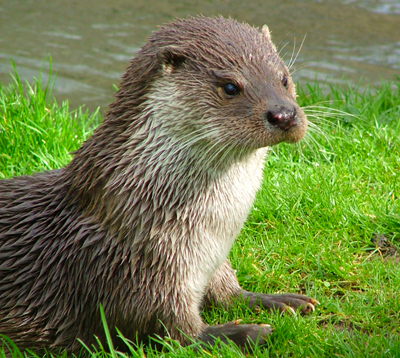 You may remember toxoplasmosis being the key factor in the deaths of sea otters a few years ago. (If not, find a refresher here.) But what about river otters?
You may remember toxoplasmosis being the key factor in the deaths of sea otters a few years ago. (If not, find a refresher here.) But what about river otters?
A recent paper in the journal Parasites and Vectors found that 40 percent of the river otter carcases tested in England and Wales were positive for toxoplasmosis. None of the river otters in the study had died of the infection. (The concern, of course, is any sub-lethal effects.)
You can find the full text of the paper in Parasites and Vectors, here.
You can read the press release from the American Bird Conservancy, here.
A similar study on US river otters, specifically North Carolina river otters, was published in 1997. There, 46 percent of the tests were positive. Read the abstract, here.
Ten years later, another study, this one in the Journal of Wildlife Diseases, found that river otters who feed in the ocean are more likely to be infected with various human pathogens, including the one that causes toxoplasmosis, if they lived closer to urban areas. You can read the abstract, here.
Photo: Eurasian otter by Catherine Trigg, used courtesy of the American Bird Conservancy

 River otters now occupy more than 80 percent of Indiana counties, says Scott Johnson, nongame biologist with the
River otters now occupy more than 80 percent of Indiana counties, says Scott Johnson, nongame biologist with the